
So, you’ve booked your ticket to Japan. Get ready for a trip that will recalibrate your senses—a place where serene ancient temples sit peacefully in the shadow of neon-lit skyscrapers, where the food is an art form, and where the trains actually run on time. To the second.
But Japan can also be… a little different. It operates on its own unique frequency. As a first-time visitor, navigating this beautiful and complex country can feel a bit daunting. I just got back from my own adventure, and while I had an incredible time, there are a few things I wish I’d known beforehand.
Forget the generic advice. Here are 10 essential, no-nonsense Japan travel tips that will save you time, money, and maybe a little bit of embarrassment.
1. Your Entry Pass: “Visit Japan Web” is Your Golden Ticket
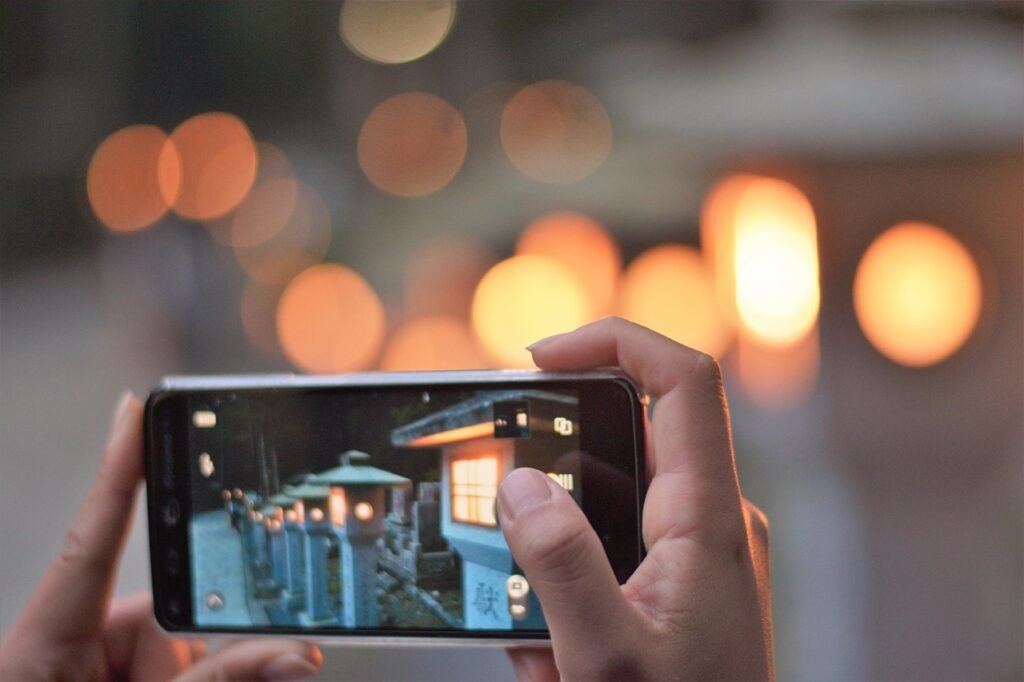
This is non-negotiable. Before you even pack your bags, go to the Visit Japan Web website. This is the official government portal where you pre-register your immigration and customs information.
- How it works: You fill out your details online and get two QR codes: one for immigration and one for customs.
- Why it’s crucial: When you land, you’ll see two lines: a massive, slow-moving one for people filling out paper forms, and a lightning-fast one for people who just need to scan their QR codes. Be in the second line. Trust me on this. It can save you over an hour at the airport.
2. Staying Connected: The Great eSIM vs. Pocket Wi-Fi Debate
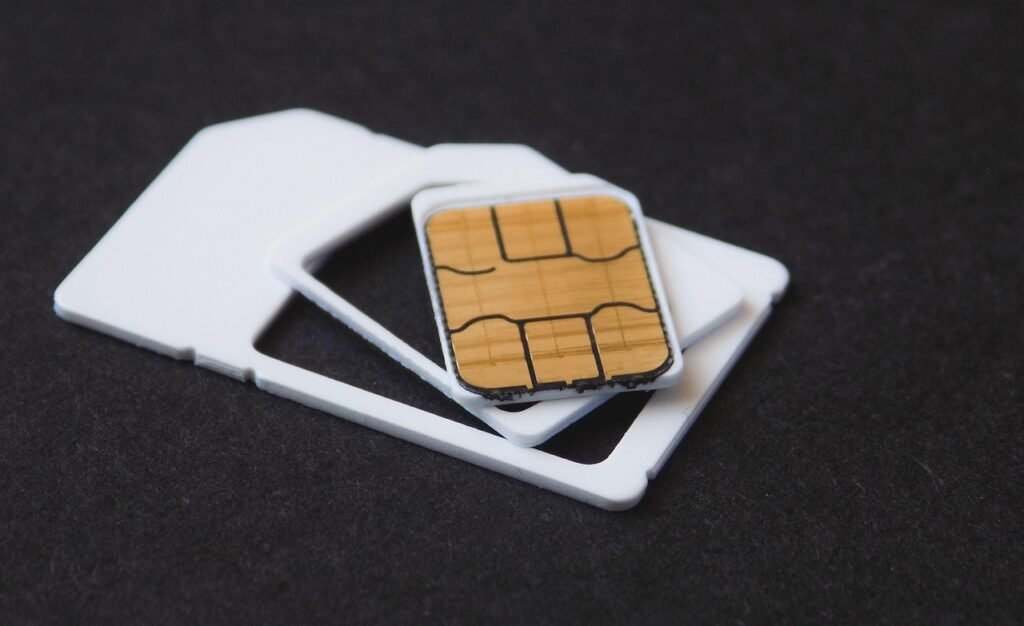
Don’t even think about relying on public Wi-Fi. You will need constant internet access for Google Maps, translation apps, and train schedules. Your two best options are:
- Pocket Wi-Fi: A small, portable device you rent and pick up at the airport.
- Pros: Great for groups, as multiple people can connect. Strong, reliable signal.
- Cons: It’s another device to carry and, more importantly, another device to keep charged.
- eSIM (Embedded SIM): A digital SIM card you download to your phone before you leave.
- Pros: Super convenient. No hardware to carry. Activated the moment you land.
- Cons: Your phone must be unlocked and eSIM compatible. Can be a bit trickier to share data with others.
My verdict? For solo travelers or couples, the eSIM is the clear winner for its sheer convenience. For families or groups, a Pocket Wi-Fi might be more cost-effective.
3. The Money Situation: Cash is Still King, But an IC Card is the Ace
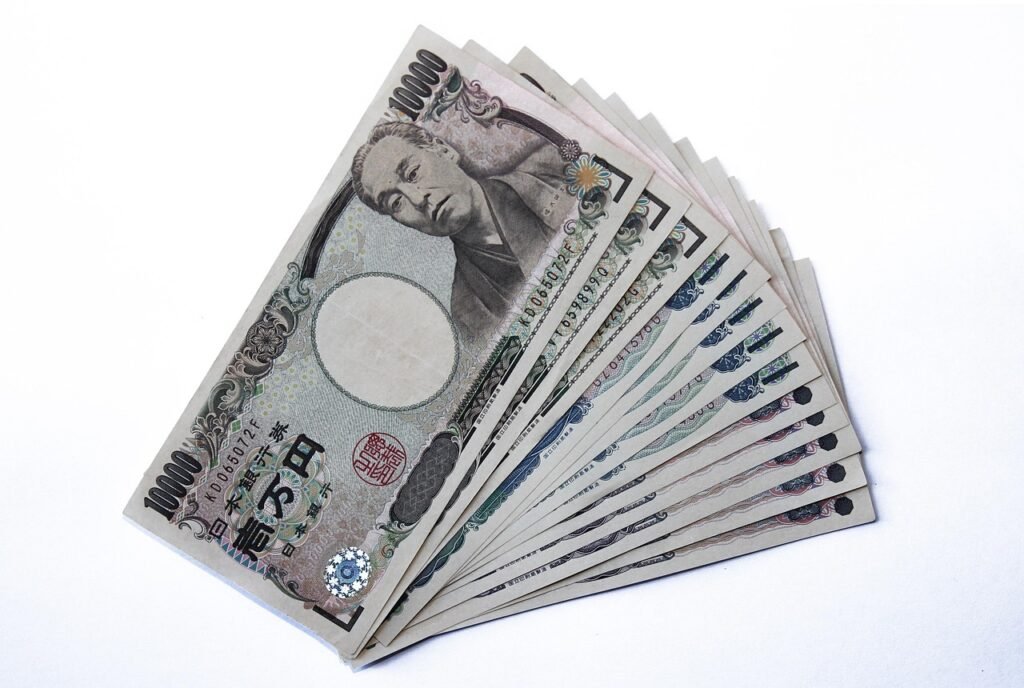
You’ve probably heard that Japan is a cash-based society. This is partially true, but a bit outdated.
- Cards: Major hotels, department stores, and many chain restaurants will happily take your credit card.
- Cash: You will absolutely need Yen. Many beloved local spots—that tiny ramen shop, a food stall in a market, temple entrance fees—are cash only. Always have at least ¥10,000-¥15,000 on you.
But the real game-changer is an IC Card (Suica, Pasmo, or ICOCA). These are rechargeable travel cards, but they are so much more. You can add them to your Apple Wallet or Google Pay before you leave home. Use it to:
- Tap on and off all trains and buses.
- Buy drinks from vending machines.
- Pay for items at any convenience store (konbini).
- Pay at many small shops and restaurants.
An IC Card on your phone is the single most convenient thing you can have in Japan.
4. Culture Shock #1: The Sound of Silence

The first thing you’ll notice in a Japanese city isn’t the noise; it’s the lack of it. People do not talk on their phones on the subway. In fact, people barely talk at all on public transport. The trains glide into the station in near silence. It’s not unfriendly; it’s a form of collective respect for public space. Embrace it. It’s surprisingly peaceful.
5. Culture Shock #2: The Vanishing Trash Cans
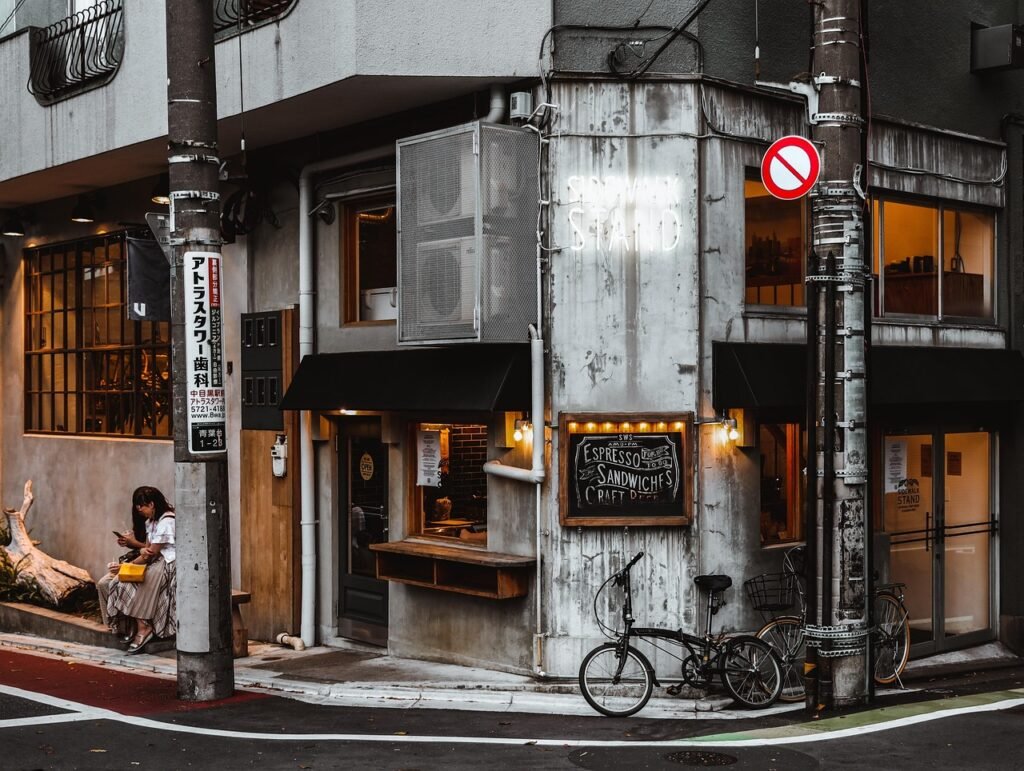
You’ve just finished a delicious bottle of Pocari Sweat from a vending machine. Now what? You’ll look for a trash can. And you’ll keep looking. And you won’t find one.
Public trash cans are incredibly rare in Japan. The expectation is that you carry your trash with you until you get back to your hotel or find a bin at a convenience store. Pro-tip: Always carry a small plastic bag with you for this purpose.
6. Don’t Be That Tourist: Key Etiquette to Remember
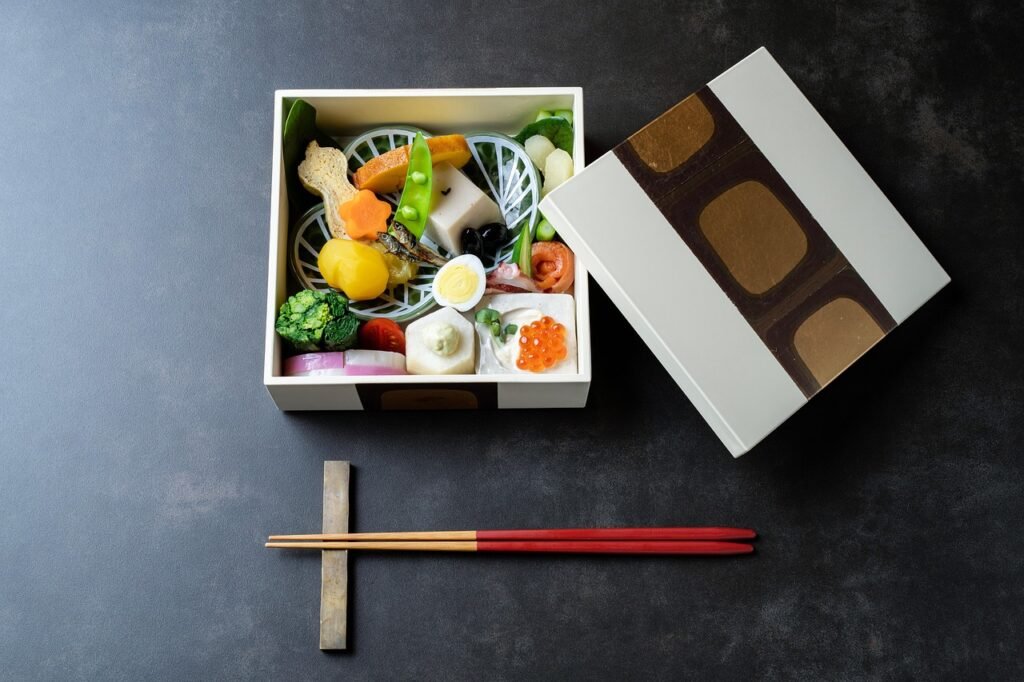
Japanese people are incredibly polite and forgiving of tourists, but showing you’ve made an effort goes a long way.
- No Tipping: Seriously. Don’t do it. It can be seen as confusing or even insulting. Good service is standard, not something you pay extra for.
- Walking and Eating is a No-Go: Unlike in many Western cities, it’s considered poor manners to walk down the street while eating. If you buy street food, find a spot to stand aside and finish it before moving on.
- Chopstick Rules: Never stick your chopsticks upright in your bowl of rice (this is associated with funeral rites). Don’t pass food from your chopsticks directly to someone else’s.
- Shoes Off: If you are entering someone’s home, a traditional ryokan, or even some restaurants and temples, you will need to take off your shoes. Look for a small step up at the entrance—that’s your cue.
7. Convenience Stores (Konbini) Are Your Best Friend
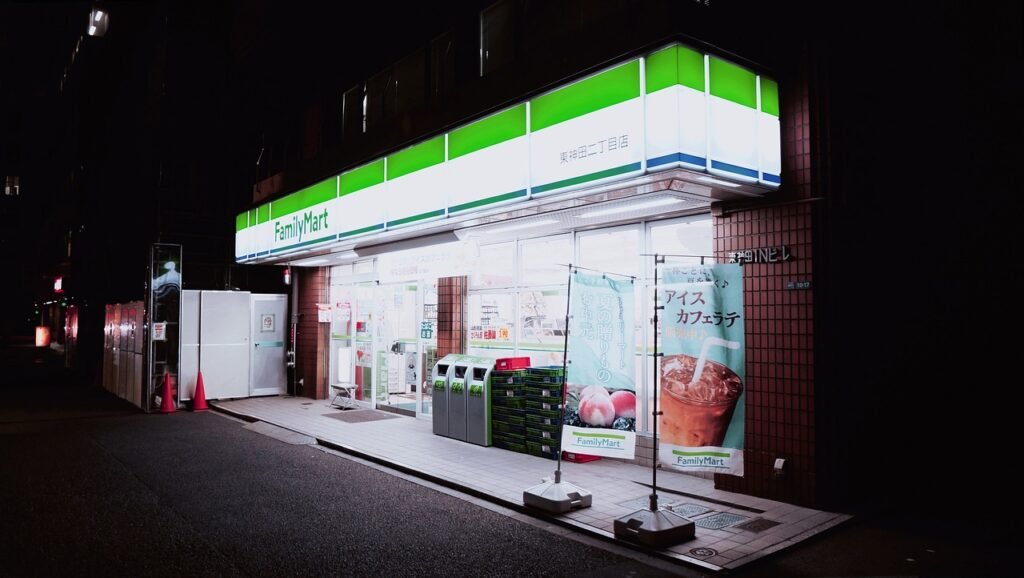
Forget what you know about 7-Eleven or FamilyMart back home. In Japan, they are beacons of hope and culinary delight. You can find:
- Delicious and cheap meals (onigiri, bento boxes, fried chicken).
- ATMs that accept foreign cards (a lifesaver).
- Clean bathrooms.
- Tickets for museums and events.
- Decent coffee.
8. Navigating the Train System: Google Maps is Your Bible

The Tokyo train map looks like a bowl of multi-colored spaghetti. Don’t panic. Google Maps is incredibly accurate and will tell you:
- The exact train line to take (e.g., JR Yamanote Line).
- The platform number.
- The exact cost of the trip.
- Which train car to get on for the easiest transfer.
It makes a seemingly impossible system perfectly manageable.
9. Learn a Few Basic Phrases

You don’t need to be fluent, but a little effort makes a huge difference.
- Sumimasen (sue-mee-mah-sen): The ultimate multi-tool. It means “excuse me,” “sorry,” and can be used to get someone’s attention.
- Arigatou Gozaimasu (ah-ree-gah-toh go-zai-mass): “Thank you” (polite).
- Konnichiwa (kon-nee-chee-wah): “Hello.”
10. Embrace the Unexpected
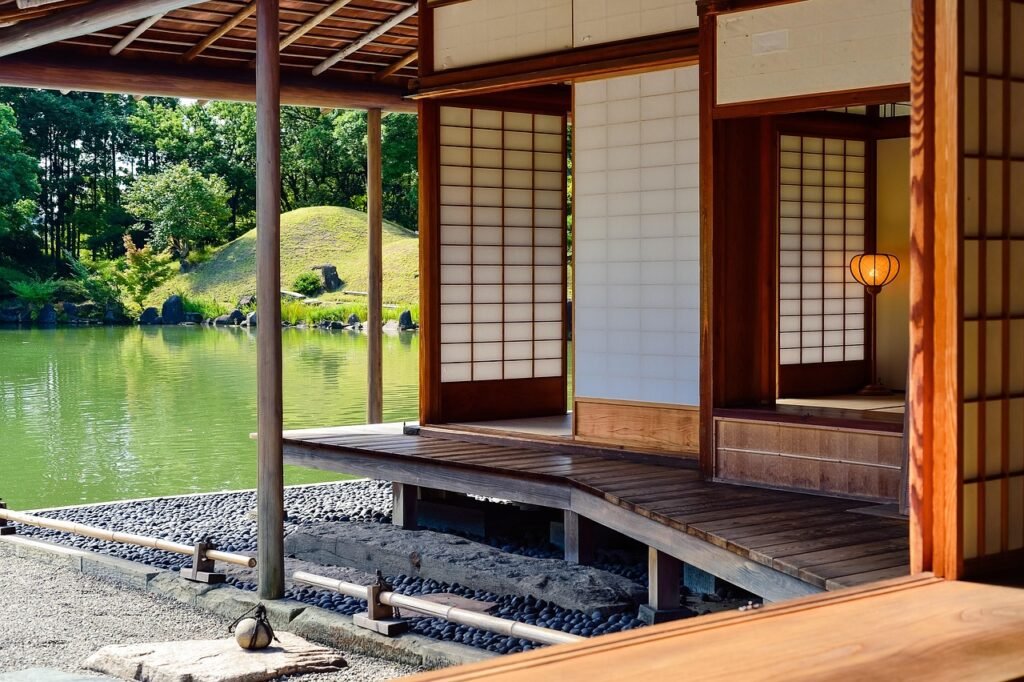
Your perfectly planned itinerary will inevitably go sideways. You’ll get on the wrong train, a famous restaurant will be closed, or you’ll get lost in a Kyoto back alley. This is not a failure; it’s part of the adventure. Some of the best travel memories are born from these unplanned moments.
Japan is a country that rewards curiosity. So, get your QR codes ready, load up your IC card, and prepare to be amazed.

